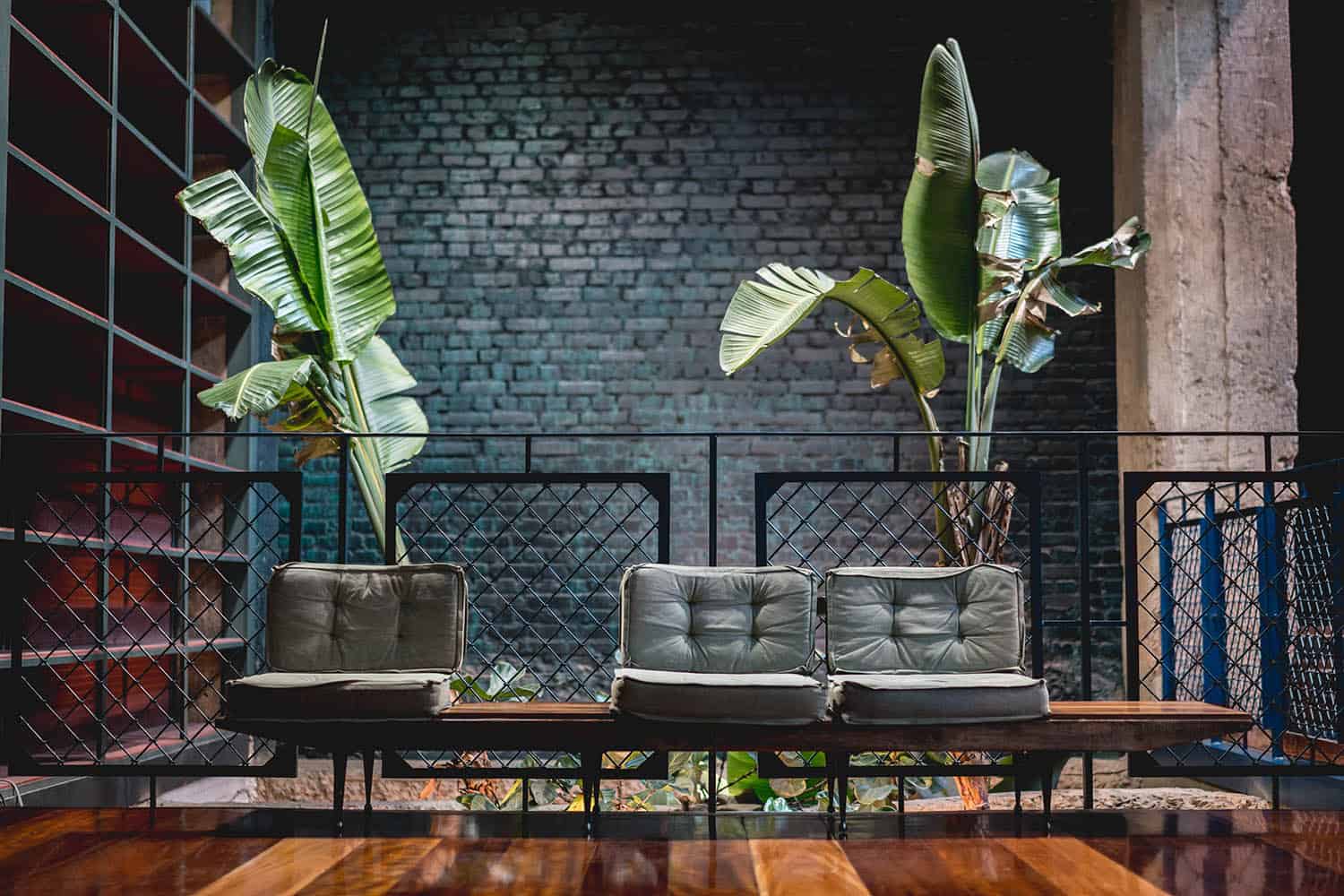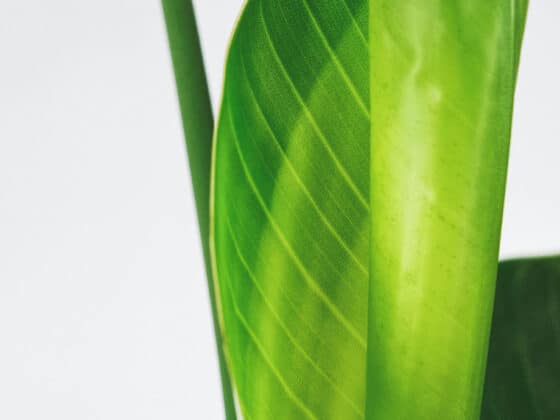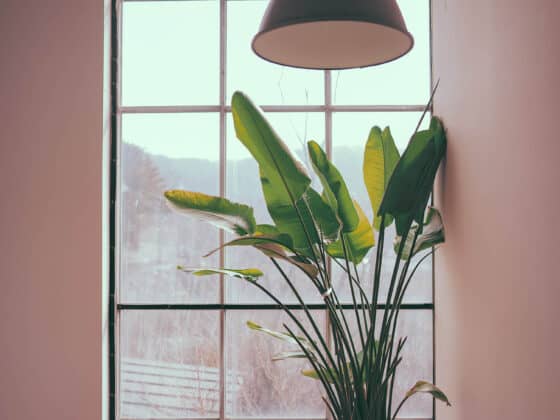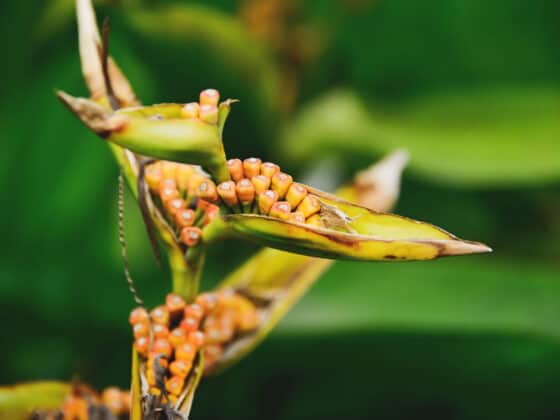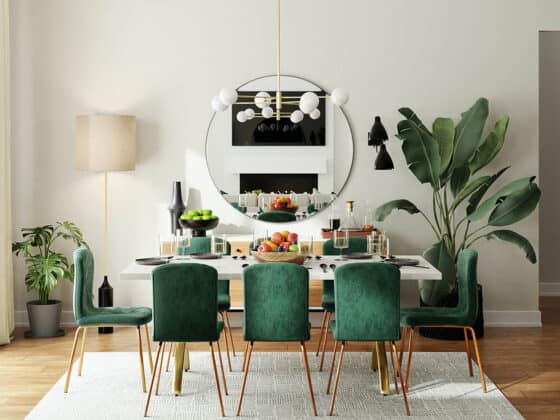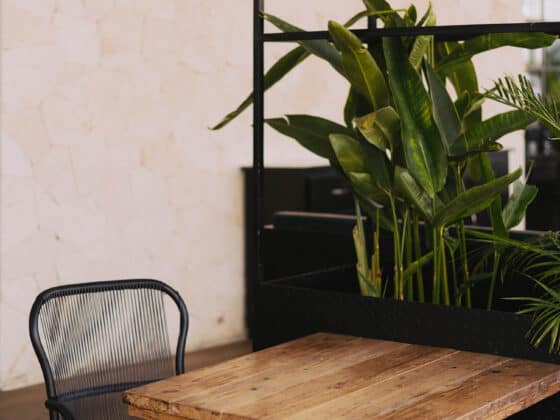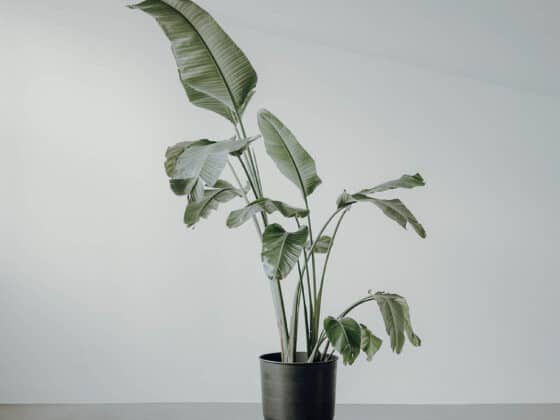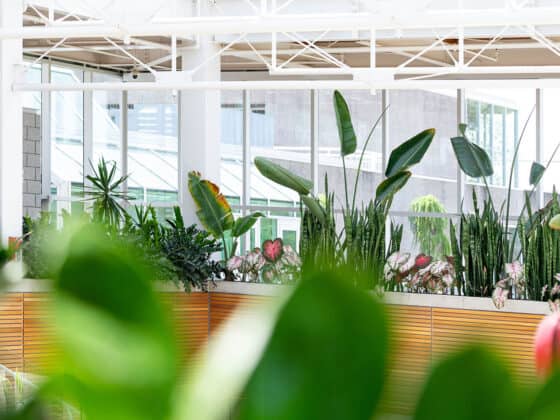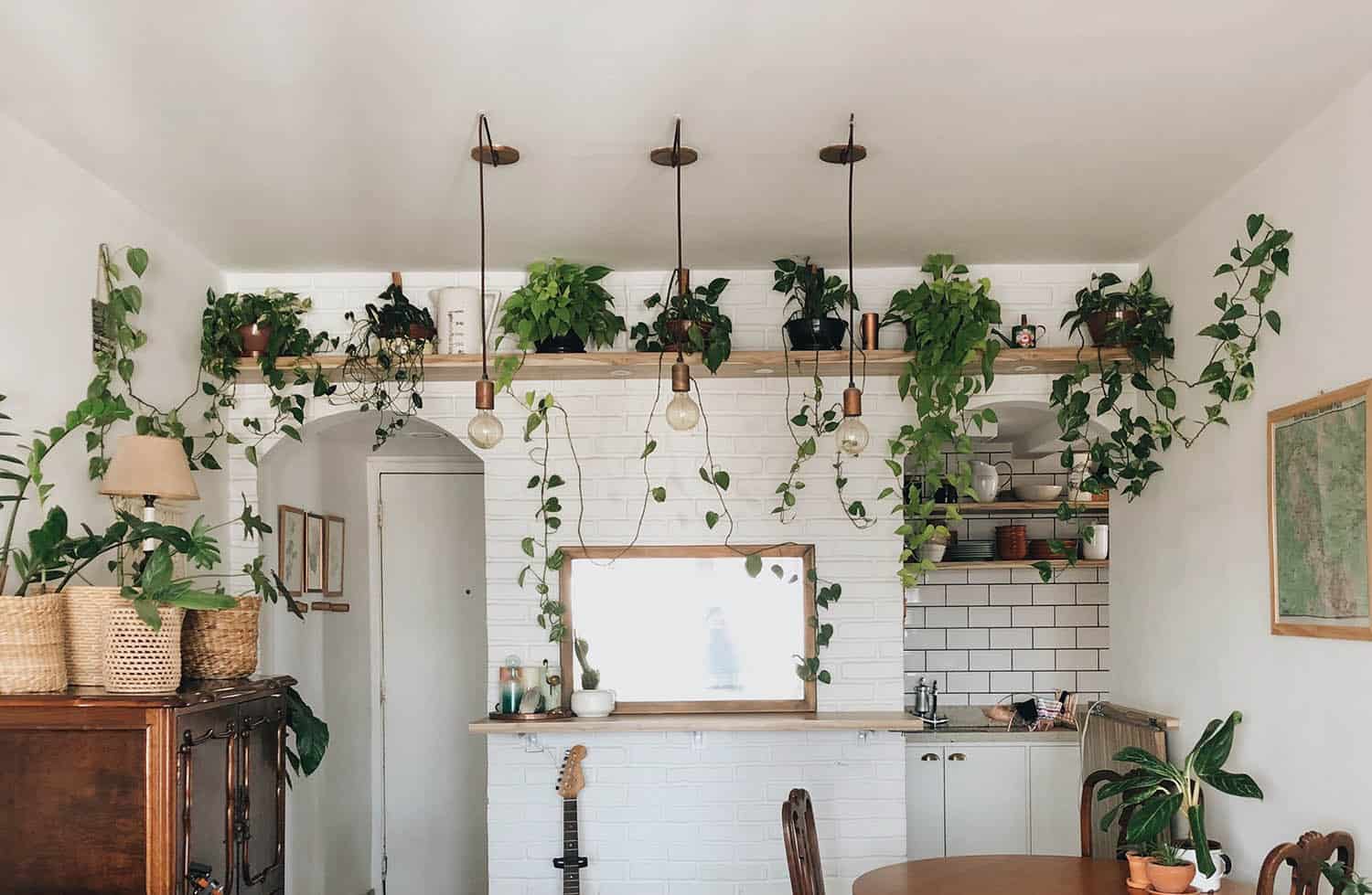Tall and colorful, with leaves that can span 18 inches, the Bird of Paradise is loved for its larger-than-life foliage. But because these plants are known for straight stems and large, fan-like leaves, it can be disheartening when your plant begins to wilt and droop. Uncertain of what to do? Many plant owners may worry that their Bird of Paradise is dying.
How do you revive a drooping Bird of Paradise? If you’re noticing limp leaves and wilting stems, the issue can be found in your plant’s environment and care routine. By considering the plant’s age, light, and watering needs, you can fix most causes of limpness and help your Bird of Paradise regain its health.
Ready to improve the health of your beautiful Bird of Paradise? Keep reading to learn why your plant may be drooping and how you can help your houseplant to look and feel its best!
Common Reasons Why a Bird of Paradise May Droop or Wilt
Native to South Africa, Bird of Paradise is a tropical plant sometimes found in outdoor gardens in warm, Southern states. And when grown in these outdoor environments, some species of this plant can grow up to 30 feet tall.
However, with a constant need for warmth, light, and humidity, Bird of Paradise may struggle to thrive in most outdoor environments. Instead, many plant owners find that this plant achieves its full potential when grown indoors, offering color and exotic charm in exchange for consistent care.
Though Bird of Paradise can be a hardy plant, it does have specific needs that, if unmet, can take a toll on its appearance. Additionally, with exceptionally large leaves and long stems, it can be prone to noticeable drooping due to age and health conditions.
Below are some of the top reasons your plant may begin to wilt and droop and information on what you can do to restore your plant to its best condition.
Reason 1: Aging Leaves
While the term “evergreen” is commonly associated with pine trees and ferns, the Bird of Paradise is a species of tropical evergreen. This distinction is important for understanding the appearance and health of your Bird of Paradise leaves.
Since evergreen plants tend to keep their leaves for much longer than nonevergreen varieties, you may notice some leaves on your Bird of Paradise showing visible signs of age. For some leaves, this may appear in the form of small splits. These tears in the leaf are natural and do not necessarily mean that the plant is unhealthy.
Drooping can also appear in older leaves and is not a cause for worry. While you may choose to prune leaves that have started to visibly age, they will drop on their own with time.
However, if you notice that all your plant’s leaves are starting to droop, leaf age is not the culprit. Instead, you should look to other environmental factors to protect the health of your plant.
Reason 2: Transplant Shock
Did you recently purchase, or repot, your Bird of Paradise? If so, your plant may be exhibiting signs of shock. Nearly all indoor and outdoor plants exhibit some degree of transplant shock after significant relocations and changes to their environment. This shock can be accompanied by limpness and the dropping of some leaves.
This results from the plant adjusting to differences in its habitat and establishing its root system in new soil. However, after a few weeks, most plants will recover.
If you did not recently purchase or repot your Bird of Paradise, and you are seeing significant drooping and limpness, there are some other issues that you may wish to consider for improving the vibrancy of your plant.
Reason 3: Lack of Light
In its natural environment, Bird of Paradise is used to experiencing bright and sustained sunlight. Replicating these conditions for your indoor Bird of Paradise will help provide your plant with the energy it needs to sustain its large, beautiful leaves.
Ideally, your Bird of Paradise should receive a minimum of five hours of sunlight daily. A bright sunroom, or sunny window, can help this plant obtain the direct light it needs. You can even move your Bird of Paradise outside onto a porch or patio on hot, summer days.
However, if you live in a space that lacks natural light, or notice limp leaves in the winter, consider supplementing with a grow light. These affordable and often portable devices can mimic the sun’s UV rays, helping your plant receive the light exposure it needs for photosynthesis.
But keep in mind that all plants need some time to rest. Turn off the grow light at night. This will allow your plant to recharge and grow faster and healthier in the long run. For information on my favorite grow lights, click here.
Reason 4: Overwatering
In addition to droopy and limp leaves, does your plant Bird of Paradise have persistently damp soil? Does the pot in which it is planted lack drainage holes, or are those holes blocked by a plant stand or dish? Do you see yellowing leaves or – heaven forbid! – mushy stems? If you answered yes to any of the above questions, you might have an overwatered plant.
Overwatering is one of the most common plant care issues affecting indoor plants of all species. However, there are steps you can take to help your Bird of Paradise recover its health.
First, keep in mind that, even though Bird of Paradise is a tropical plant, they do not thrive in soggy soil. And while it may seem responsible to water your plant on the same day every week, this can be a mistake. Since your plant may have different watering needs, depending on the time of the year and humidity in the air, it is better to use a more responsive strategy.
At least once a week, insert your finger into the plant’s container. If you notice that the top 1-2 inches of soil is dry, it is time to water your plant. When you water your Bird of Paradise, make sure to provide enough water that some runs from the bottom of the pot, allowing for adequate absorption. Then do not water again until the top 1-2 inches is dry.
You can also use a moisture meter to help you determine if the soil is dry enough to require watering. No matter how you determine the need, only ever water when the top one to two inches of soil have dried out.
Reason 5: Underwatering
You may be thinking, “Wait, didn’t I just read that overwatering causes limpness?” One of the tricky aspects of plant care is that different issues can result in similar symptoms. And while overwatering is a far more common issue than underwatering, it is possible that your Bird of Paradise needs a drink. So, how can you tell?
Look for signs of dehydrated soil, such as visible dryness or the soil pulling away from the edges of the pot. Leaves that curl inward can also be a telltale sign of an underwatered plant.
If these symptoms are present, use the previously discussed strategy of inserting your finger into the plant’s soil at least once a week, and consider using a moisture meter. These will help you take the guesswork out of keeping your plant healthy and hydrated.
Also, make sure to water your plant until liquid about 25% of what you put in flows out from the bottom of the container. While this may seem like a lot of water, it is essential to allow the soil to fully absorb the moisture. Failure to water thoroughly can result in superficial soil saturation, which will not fully hydrate the root system.
How to Help a Droopy Bird of Paradise
It’s a well-known fact that plant lovers are deeply attached to their plants. And it can be worrisome to see your plant start to wilt – especially if it was a gift or a recent addition to your collection.
When health issues arise with their plant, it is common for plant owners to overcompensate, adopting too many measures at once. They may add fertilizer, frequently move their plant, or water inconsistently, but know that all of these things can contribute to worsening limpness and will only cause confusion.
Remember, consistency is the key to restoring the health of your plant. And it is always wise to adopt one environmental change at a time, allowing at least a week to observe improvement.
By aiming to create the best, and most stable environment possible, including adequate light, proper watering, and consistent temperature, you will help provide your Bird of Paradise with the resources it needs to help itself. Before long, your plant will be on the road to recovery, and so will your peace of mind!






